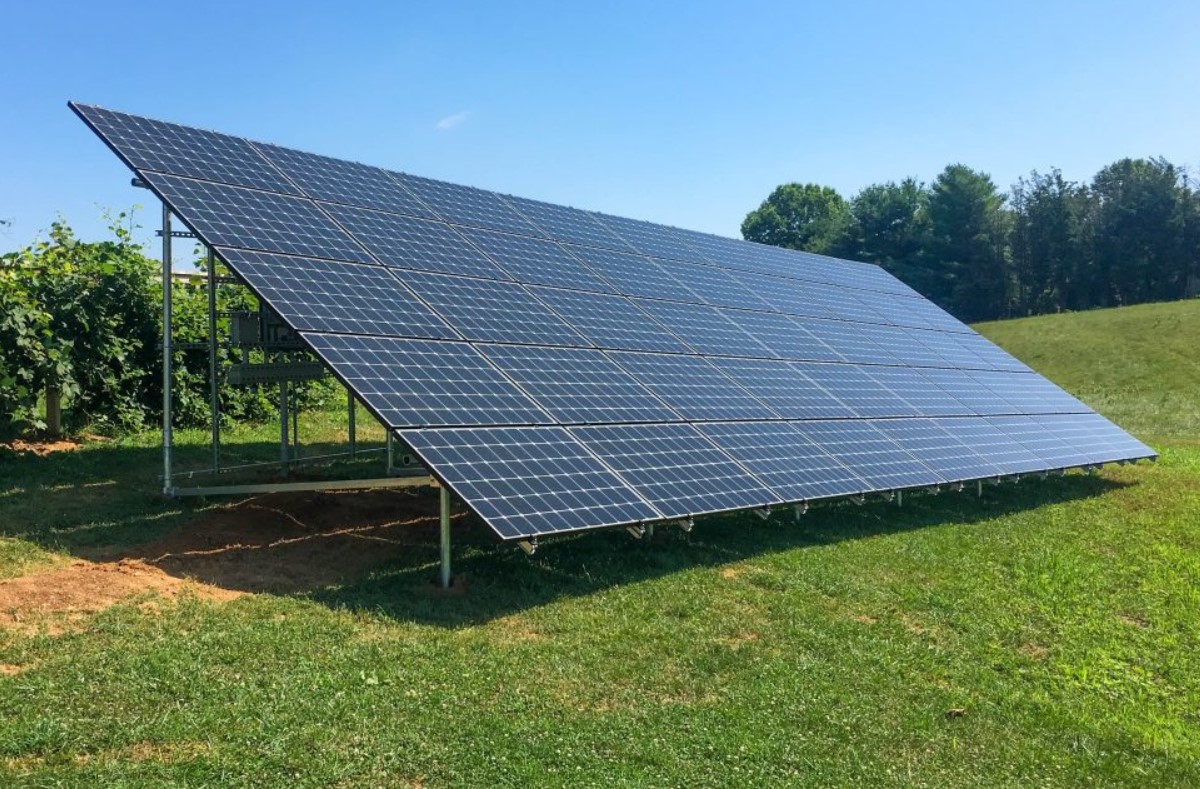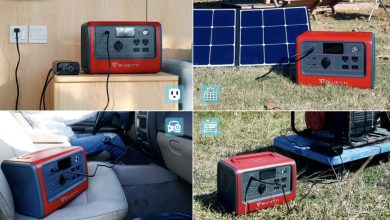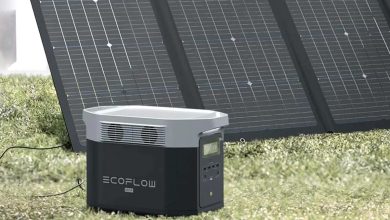Top Pole Mounted Solar Panels 2024 Price And Setting System

It is permanently mounting one or more solar panels slightly above ground level. Mainly holds the solar panels firmly when pole-mounted. It does not cause any damage to solar panels due to cyclones, wind, and snow. Pole-mounting solar panels can maximize sunlight exposure, requiring a large area of land dedicated to solar installations. A single panel can hold anything from small pole mounts designed to have 18 or more.
Generally, 5kW tends to be the upper system size limit for single-phase connections, but some networks allow up to 10kW. They can be used for single panels or small arrays to power remote locations. Many types of solar mounts are on the market, but the three primary options for commercial solar arrays include rooftop, ground mount, and parking canopy locations.
Materials used in Solar Steel Panel Mounting Structures
Aluminum is a lightweight, corrosion-resistant material that easily blends into specific designs. Stainless Steel: Stainless steel is a long-lasting, corrosion-resistant material that can survive exposure to seawater.
How do you install pole-mount solar panels?
Pole mounting is one of the most straightforward types of solar installations. The pole mount is quick to install. Pole-mount Solar comes in various sizes, with a mast installed on a tripod. If you have unused outdoor space on your property, pole mounting gives you the freedom to use it most effectively. Also, depending on the location, pole mounting can be more flexible than roof mounting. Wall Mount Solar Panels: An Eco-Friendly Solution – Solar SME Therefore, they can be mounted on various surfaces, including walls, ceilings, and the ground.
It provides a secure mounting structure for up to 20 solar panels on a single pole and multiple poles connected for larger arrays.
Solar panels have been installed on thousands of homes across America using lag bolts and flashing. Mounting equipment on poles helps optimize the use of space, especially in areas where ground space is limited or crowded. Pole-mounted structures can free up ground space for other purposes, such as parking, pedestrian movement, or landscaping.
What is the Size of a Solar Panel?
The standard size for a solar panel is about 65 inches by 39 inches. A more straightforward estimation of size is 5 feet by 3 feet. However, Actual sizes vary among solar panel manufacturers.
Pole-mount solar installations are a unique style of ground-mounted solar panel. The main difference from regular ground-mounted solar panels is height, with a typical low-side height of 8 feet versus 3 feet.
How do I Set up the Solar Panels?
With a south-facing roof, your solar panels will produce the most power overall, but east- or west-facing roofs can also work well and produce energy for a large portion of the day. North-facing roofs are the least favorable option for solar panels because they receive little direct sunlight.
How much Solar do I Need?
To calculate how many solar panels you need, divide your annual energy use by your area’s production ratio. Then, divide by the wattage of the solar panels you are considering buying. The solar panel wattage refers to how much electricity each solar panel will produce under ideal conditions. You can use 320 watts as an estimate for solar panel wattage.
How much does a solar panel cost in the US?
The average cost depends on the size of the solar system. Expected costs for an average solar system range from 6kW to 12kW, ranging from $5,400 to $18,000. With installation, that price range can climb to between $6,600 and $22,800.
How long can Solar Panels last?
Most solar panels last a long time. As per the industry standard, companies give 25- to 30-year warranties. Most reputable manufacturers offer manufacturing warranties of 25 years or more.







